In this attached pictured, the solenoid with the length l and cross sectional area A is solenoid 1 and the other with length say h is solenoid 2.
Why is M₂₁ is equal to M₁₂ as my book claim? M₂₁=N₂Φᴮ²/i₁=μ₀N₁i₁N₂A/li₁=μ₀N₁N₂A/l.
Now, M₁₂=N₁Φᴮ¹/i₂=μ₀N₂i₂N₁A/hi₂=μ₀N₂N₁A/h.
So, given that h≠l, then M₂₁≠M₁₂.
